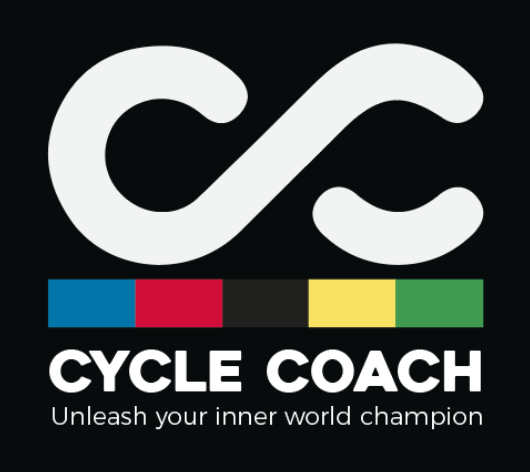Progressing Your Training to Become a Faster Triathlete
Progressing Your Training to Become a Faster Triathlete
For the time-crunched triathlete maximizing your training hours along with training consistency are two of the most important factors to consider.
Between the three disciplines you may have somewhere between 6 to 12 hours of training time available each week. Many of you will have more time at the weekend allowing for longer sessions and mid-week you’ll have shorter sessions of 60 to 75 minutes.
I’m Coach Neil, and I’ve been helping triathletes prepare and PR at all race distances from sprint through to Ironman. Here are some of my tips to help get the best out of your training.
Bike
For the most part, it’s the training on the bike that is most important, which is what we’ll focus on here. This is because in any triathlon event the longest aspect is the cycling section and most ground can be made up here. However, many of these ideas are also applicable to running, and the swimming as well.
I’m going to suggest two different types of bike sessions that all triathletes can perform either indoors or outdoors that will help you improve your power and progress on the bike. The keyword is PROGRESSION.
Once you have maximized the duration or feel too comfortable on your bike, you must either
1) Increase the intensity or
2) Find more time! (not so easy)
Let’s concentrate on number 1!
At CycleCoach we use MIET (Moderate Intensity Endurance Training) (tempo, Z3) blocks to increase the intensity of an endurance session before moving onto more fatiguing sessions such as TTI (threshold tolerance intervals) or API (aerobic power) work. Usually, these can be included in both short and longer training sessions.
Once an athlete has a decent number of training hours under their belt they can start to include MIET work into 1 or 2 sessions per week, such as:
MIET
Frequency: 1-2 times a week.
Intensity: Z3
Duration: 30-mins to 2-3hrs. Yes, 3hrs!
Start with 2 x 15-20 mins or 30-40-mins (continuous) if feeling OK. There is no need for a break at this intensity unless you really need it. If you do, take just 1-2 minutes in the recovery zone.
The way to progress your training is to increase the amount of MIET work per session and increase the number of hours at MIET during a week. This will have a strong influence on your ‘fatigue resistance’.
MIET work is great at building your FTP (functional threshold power) without it hurting as much as harder sessions, and also increase your fatigue resistance which is especially important for longer events such as 70.3 and Ironman distance events.
After building to 1 x 40-mins progress to 1 x 50-mins or (2 x 25-mins), 1 x 60-mins or (2 x 30-mins) and so on. If you are training for a 70.3 or Ironman it could be worth extending these blocks even further especially outdoors in race position.
Always think about your progression and ask yourself the question: “Is this too comfortable?”.
Always aim to progress MIET duration. The progression could be adding another MIET session each week or by increasing the intensity of the MIET or increasing the duration a little bit.
TTI
The next session I recommend is called TTI (threshold tolerance intervals). These sessions aim to give your threshold power (FTP) another boost. However, they are a little more ‘hurty’ (as Coach Ric says) than the MIET sessions. These are more intense than MIET blocks and require more concentration and focus. Interval durations are generally somewhere between 8-20 mins in duration.
Intensity: 95%-105% FTP
Starting example:
4 x 10 mins TTI with 5-mins ZR (easy pedalling) in between.
Progressing to:
4 x 12 mins TTI with 5-mins ZR.
Again, just as with the MIET sessions, progression is the key. Either increase the number of intervals, the power of the TTI, or the frequency of these workouts per week.
I would recommend taking at least 2-days easy or doing another discipline in between TTI’s as they are fatiguing and doing these sessions too close together may impact your run and swim sessions.
These two different sessions are some of my favourites to give most of the triathletes (and cyclists) I work with. During the sessions, there are different types of ways of doing them — you could do the sessions uphill, or on the flat, or indoors on something like Zwift. If you have a well-matched training partner, then you could perhaps do them together, which is also good for the motivation when you’re applying the pressure.
I hope you find these intervals useful, however, if you have any questions then please do contact me!
In the meantime if you’d like some triathlon coaching then please click here for our one to one triathlon coaching or here for our group coaching.
So, two different types of session for all types of Triathlete.
